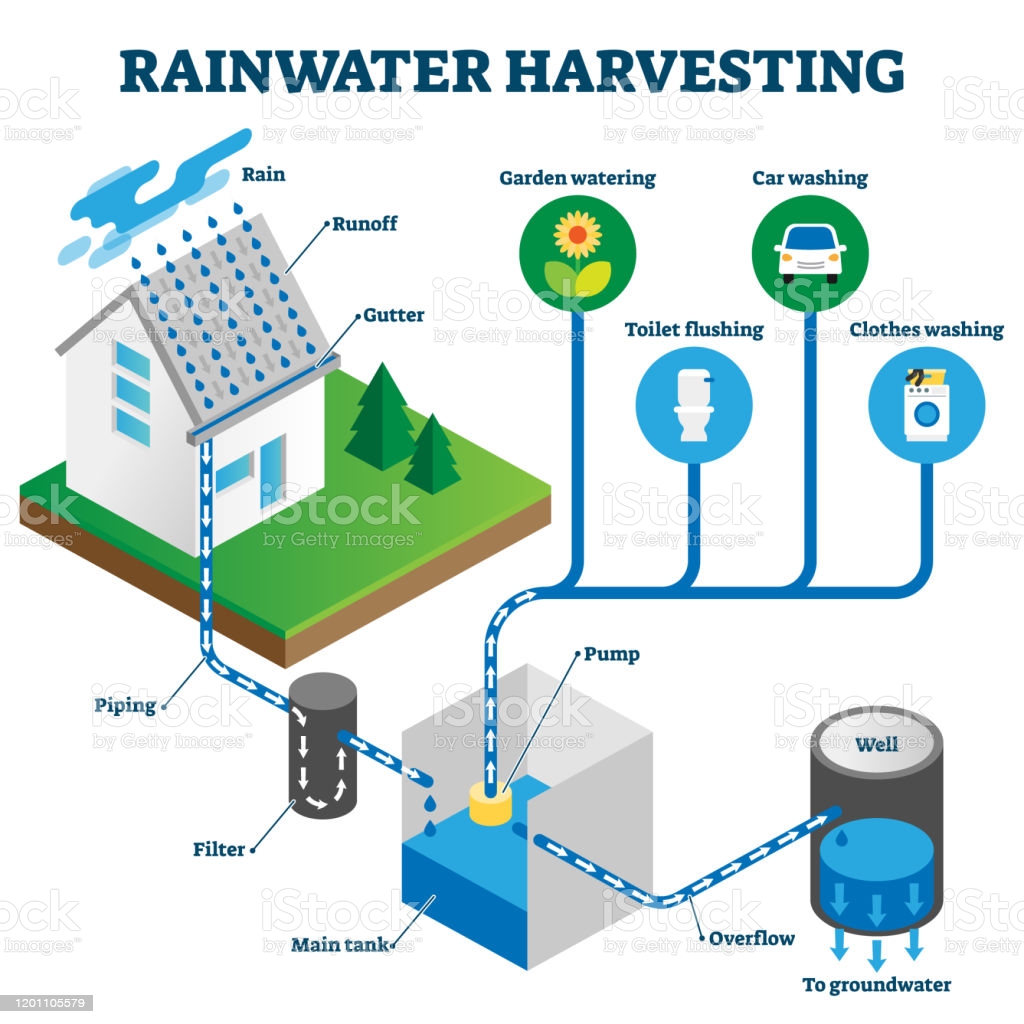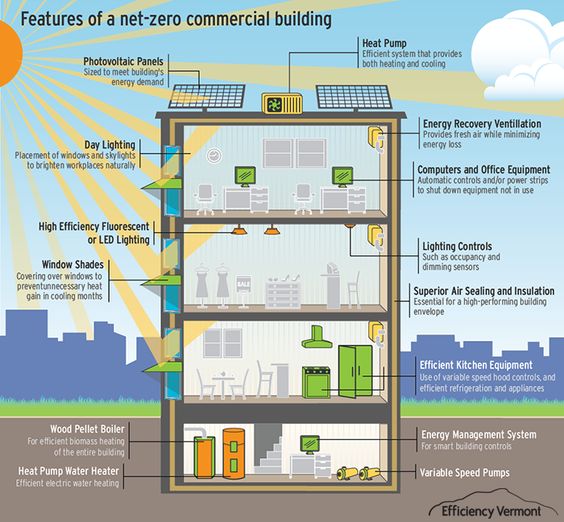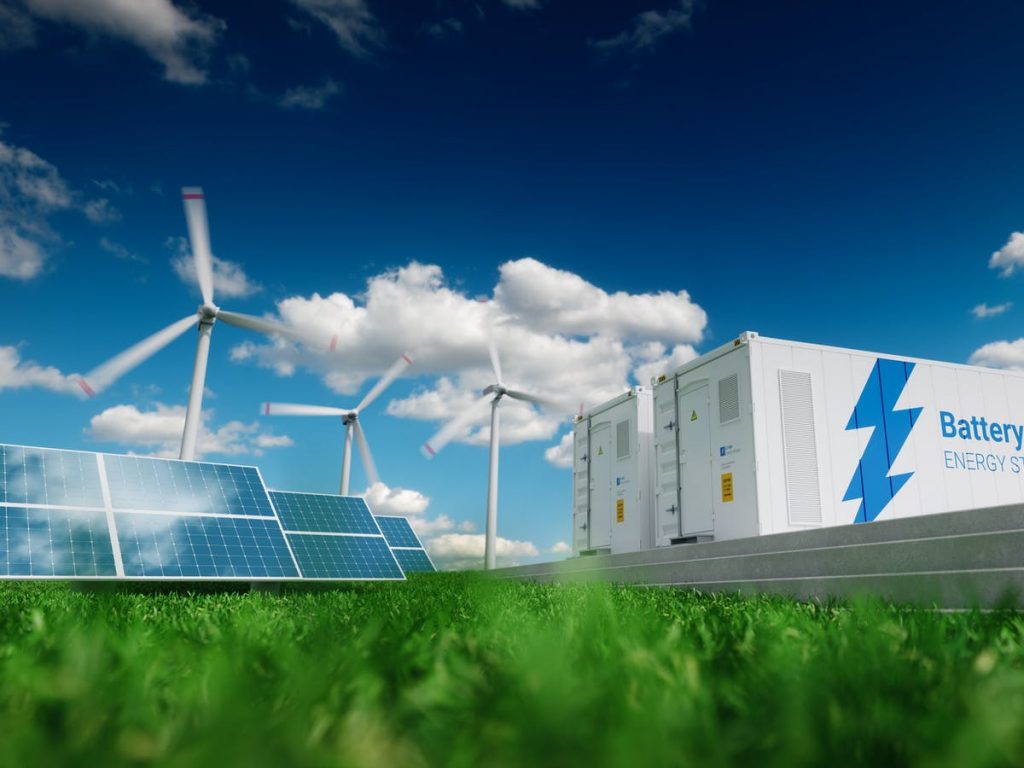With oil prices at all-time highs, consumers and businesses alike are feeling the pinch. With India’s economy sputtering, it has been struggling to cope with the increased cost of fuel. Find out how a complicated web of factors is affecting the industry, and what will happen if fuel prices continue to rise.
Introduction
India imports about 85% of its oil requirements. While the global demand for crude oil is on a continuous rise, geopolitical tensions add to a sudden push to the increase in its value. The direct effect of increased prices is inflation. To curb inflation, the Reserve Bank of India has hiked interest rates, which in turn has made it difficult for many industries to grow. This has led to a slowdown in the economy and has adversely affected the growth prospects of the country.
Current situation
The government has been trying to mitigate the effects of high fuel prices by providing subsidies and increasing domestic production. However, these measures have not been very effective in reducing the overall burden on the economy. They have often led to higher fiscal deficits. A war-like scenario increases the fuel demand proportionally; recently, after the open conflict between USA and Iran (Iran being the second-largest oil producer in the world after Saudi Arabia), the fuel prices spiked as Iran exports at a higher price, due to lower production caused by the conflict in 2020. The Russia-Ukraine conflict also plays a hand in this shuffled deck of problems as India suffers the fallout to some level. Similarly, OPEC+ (The Organisation of the Petroleum Exporting Countries and more) including Russia are unable to meet apt crude oil export according to demand due to low production.
Impact on the Indian Economy
Just from February to March of 2022, the prices for crude per barrel jumped from $90 to a soaring $120 per barrel. As the oil price per barrel increases, the value of the Indian rupee cripples currently at Rs.78.29 per dollar and is expected to drop to Rs.80 per dollar. This increases India’s spending to keep up with consumer demand. Demand not only for crude oil but also edible oils. According to a report by Kotak Institutional equities an additional burden of 70 billion dollars is estimated on the country’s economy in FY23 against the FY22 level. However, the solution implemented by the RBI is questionable. Even as the second wave of Covid-19 hit India this year and left a trail of economic devastation, the central and state governments have hiked taxes on fuels, pushing retail fuel prices to record highs in most of the country. Fuel sales attract central and state taxes apart from refining costs. Taxes contribute substantially to state treasuries. The central government also estimates a significant contribution from fuel sales to the annual budget. The fuel prices seemed to have softened over the 2020-21 yet, the benefit was not passed on to the Indian consumer. Even though officials deny rumours and provide false assurances, neither the State Government nor the Central Government would like to reduce their revenues. More so, recently, fuel pumps across the country in several states have reportedly dried out of diesel, and a diesel shortage appears. HPCL and BPCL (leading petroleum corporations) have restricted the supply of petrol and diesel to only 33 percent of the demand, leading to a crisis. Does no change in fuel retail price have anything to do with this? Yes, despite the rising trend in crude oil prices, the fuel retail prices have been kept stagnant since April, so consumers haven’t felt the heat from increased prices; while the oil marketing companies are incurring huge losses and hence reduced the supply.
Conclusion
The Indian economy feels the pinch of increased pricing; also putting pressure on consumers and businesses alike, in the form of higher transportation costs, which are leading to inflationary pressures. The knock-on effect of transportation costs is felt in other areas of the economy. Transportation cost of raw materials for industrial projects to daily goods and essentials has risen, putting pressure directly on all sizes of business and even household budgets. While the per capita earning increases, average spending has increased drastically in this decade. Hence, the consumers have to bear the brunt of the increased retail price of fuels. The government is under immense heat, they would have to reduce the taxes to keep the fuel price in check and in turn, reduce the burden on the consumers and themselves. Changes in policies are imminent and expected!













